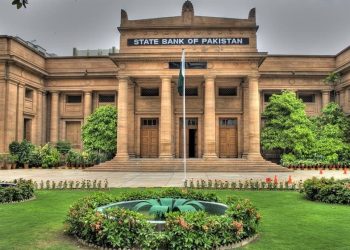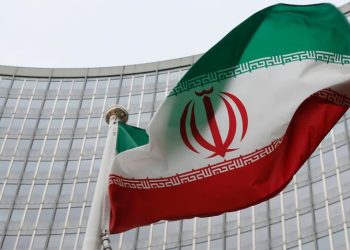About 50 years ago, the founders of Bangladesh declared their independence from Pakistan. This decision was made amid difficult circumstances, including famine and war. Many people fled to India or were killed by Pakistani soldiers. The Pakistani military received backing from the United States, but well-known figures such as Henry Kissinger called the new country a “basket case.” In response to these challenges, George Harrison and Ravi Shankar organized the first-ever super-benefit to raise money for UNICEF relief work in Bangladesh.
This month, Bangladesh’s Cabinet Secretary told reporters that GDP per capita had grown by 9% over the past year, rising to $2,227. Pakistan’s per capita income, meanwhile, is $1,543. In 1971, Pakistan was 70% richer than Bangladesh; today, Bangladesh is 45% richer than Pakistan. One Pakistani economist pointed out that “it is in the realm of possibility that we could be seeking aid from Bangladesh in 2030.”
India — eternally confident about being the only South Asian economy that matters — now must grapple with the fact that it, too, is poorer than Bangladesh in per capita terms. India’s per capita income in 2020-21 was a mere $1,947.
Bangladesh’s growth rests on three pillars: exports, social progress and fiscal prudence. Between 2011 and 2019, Bangladesh’s exports grew at 8.6% every year, compared to the world average of 0.4%. The success is largely due to the country’s relentless focus on products, such as apparel, in which it possesses a comparative advantage.
Meanwhile, the share of Bangladeshi women in the labor force has consistently grown, unlike in India and Pakistan, where it has decreased.






